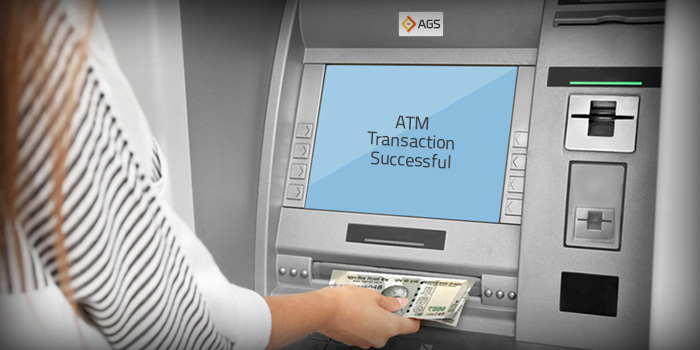ATM, the first FinTech marvel, has been an integral part of the banking infrastructure since its inception.
ATM, the first FinTech marvel, has been an integral part of the banking infrastructure since its inception. While ATMs were introduced for customers to access cash at any time, today’s ATMs allow cash deposits/withdrawals using Magnetic or Chip cards and even card-less withdrawals using OTP, UPI QR Code, etc.
Many factors have collectively transformed the ATM from a huge, wall-fixed machine to sleek & smart versions that we see today.
Introduction of Interoperability on ATMs
With the introduction of interoperability, customers could simply walk into any ATM, irrespective of the bank, and access cash. This resulted in increased cash withdrawals on ATMs and also in rise of ATM deployment. Today, there are over 2,50,000 ATMs/CRMs in India and this penetration would have stagnated had it not been for interoperability.
Moreover, banks have also enabled integration of ATM with apps, thereby allowing customers to complete cash withdrawals/deposits by using an OTP or UPI QR codes.
Increase in interchange fee
The increase in interchange fee from INR 15 to INR 17, will encourage payment players and acquiring banks to deploy more ATMs, especially in under-penetrated/rural areas, thereby contributing towards financial inclusion. The increased deployment of ATMs will help the beneficiaries of Direct Benefit Transfers (DBT) as they will be able to access ATMs in their vicinity, rather than walking kilometres to find one.
The Covid-19 Pandemic
The restriction of physical movement of people during the lockdowns gave an impetus to mobile ATMs or ATM on wheels. AGS Transact Technologies partnered with leading banks to ply these mobile vans across various cities & towns pan India. In addition to cash withdrawals, these ATMs enabled cash deposit as well, relieving customers of the long queues at bank branches. In the last two years, these Cash Recycler Machines (CRMs) are gaining momentum because of their added benefits.
Wave of technology & digitisation
Being the first step, even today, for financial inclusion, ATMs adapted to newer technologies and introduced new ways of accessing cash by the means of OTP, UPI QR Code and even biometrics. Such solutions, due to interoperability, are being integrated with banking applications for heightened security and convenience. For instance, AGS Transact Technologies introduced ‘Touchless’ ATM in wake of Covid-19, enabling customers to withdraw cash by simply scanning a UPI QR-code on the ATM screen, through the mobile banking app on phone. Such solutions remove the hassle of carrying a card and offer added convenience to the end user.
Additionally, the new-age ATMs or CRMs are technologically equipped to count notes, check them for counterfeit, and further dispense for cash withdrawals. These machines are also limiting the trips of cash management agencies to ATMs while ensuring minimum downtime so that customers have continued access to cash for longer durations.
Growing popularity of digital lobbies or e-lobbies
E With banks going digital and neo-banking gaining popularity, digital lobbies are set to become a norm. A digital lobby allows bank branches to attain economies of scale. For instance, a cash withdrawal procedure at a traditional bank branch may take anywhere between INR 45 to INR 60 whereas the deployment of an ATM will bring down this cost significantly. Such a solution heightens the customer’s satisfaction and the same time improves the ROI for banks. Hence, banks are focussed towards reducing the size of physical branches and increasing deployment of ATMs/CRMs. In fact, according to a report by Ken Research, CRMs in India are expected to grow to 1,00,276 by 2026.
Digital lobbies will also allow host of services such as utility bill payments, cheque deposits, to name a few. Further, owing to the increased fintech penetration, ATMs are on their way towards hyper-personalisation. They will continue to complement digital banking services and may seamlessly bridge the parity between urban and rural area with regards to banking services.
A detailed version of this article first appeared in The Times of India


